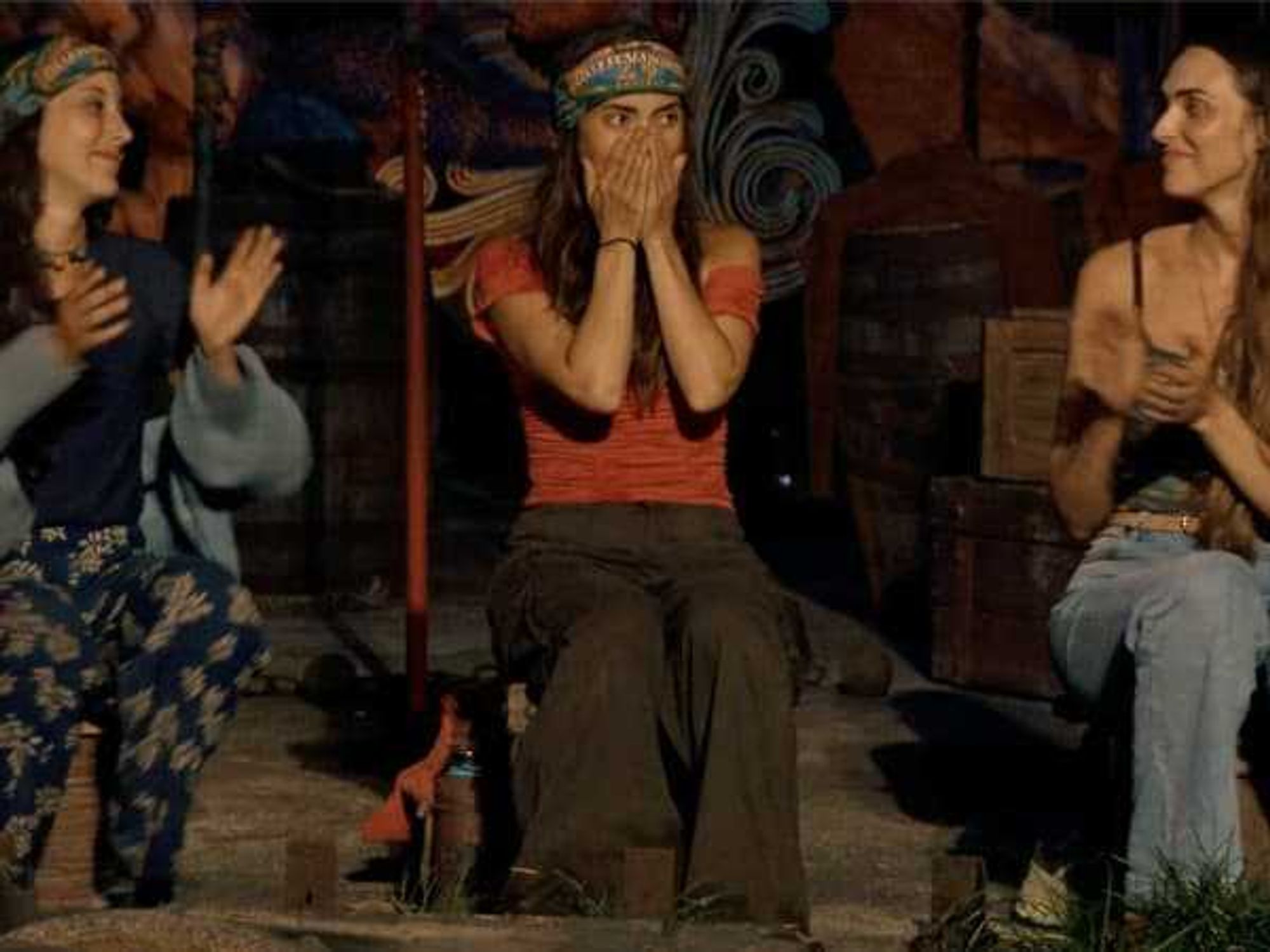Preserving an urban treasure
New report roots into how to save San Antonio’s beloved Brackenridge Park

San Antonio’s beloved Brackenridge Park contains a stretch of the San Antonio River, a Japanese Tea Garden, Sunken Garden Theater, the San Antonio Zoo, ball fields, picnic areas, trails, and more. But as the city has grown and more people continue to trip down to the 120-year-old urban park, she has started to show some wear and tear.
The Brackenridge Park Conservancy recently unveiled a hefty Cultural Landscape Report that looks at restoring the park to its prime and ensuring that residents and visitors can continue to enjoy it for years to come.
“Brackenridge Park has 12,000 documented years of human habitation, revolving around Blue Hole, the source of the San Antonio River. Almost without question, San Antonio is where it is because of that spring,” says Tim Swan, a member of the conservancy’s board. “For 120 years, we have virtually loved the park to death, and a group of people came together and decided we have to do something about it.”
The conservancy commissioned the report in collaboration with the City of San Antonio Parks and Recreation Department and the San Antonio River Authority, with input from Reed Hilderbrand Landscape Architects of Cambridge, Massachusetts; Suzanne Turner Associates of Baton Rouge, Louisiana; and the Lady Bird Johnson Wildflower Center in Austin. The team presents the history, a thorough assessment of current conditions of the park, and recommendations for how to care for and improve it going forward.
The board received the 600-plus page report in 2020 and spent months poring over the document, Swan says.
“Our board will be faced with a lot of decisions, and we need to be familiar with the facts that will drive those decisions,” he explains. “We next had a series of facilitated sessions, what I call daydreaming about what the park could be, and came out with a long list of things we’d like to see done to enhance the park so it can serve our community better.”
Beginning at the end of September, the conservancy will host a series of meetings to gather public input on the recommendations.
The report divides the park into three areas, and the conservancy plans to offer live and virtual tours of each of these in three different sessions. Individuals can attend any or all of the six tours. People also can respond to a survey about their priorities for the park, available printed and online. The conservancy accepts donations for this and other projects as well.
“It’s very much a public process for all of us to understand the necessity of beginning to repair the park,” says conservancy executive director Lynn Bobbitt. “Once we identify the priorities, we’ll report back with those findings, begin talking about which ones will go forward, and put a dollar figure on it.”
Key areas of focus identified in the report include prehistoric and historic archeological sites; the river and riparian corridor; river structures, including acequias (canals) and dams; and vegetation and soils, including historic tree canopies and plant communities. Detailed recommendations in the report include a mix of preservation, rehabilitation, and eco-restoration.
A long-term goal is to obtain congressional designation for the park as a National Heritage Area, a part of the National Park Service. San Antonio’s five missions are the first and only United Nations Educational, Scientific and Cultural Organization (UNESCO) World Heritage Site in Texas.
“Every time we turn around, there’s some artifact we’re uncovering in Brackenridge,” Swan says. “It’s more than just one of the parks in the city; it tells the story of San Antonio. We have this magnificent treasure in the heart of our city and we’re not doing it justice.”
If the conservancy has its way, that is about to change.

 Valerio Lombardozzi is opening Bottega Salaria in the former home of La Bergerie. Photo courtesy of Bottega Salaria
Valerio Lombardozzi is opening Bottega Salaria in the former home of La Bergerie. Photo courtesy of Bottega Salaria